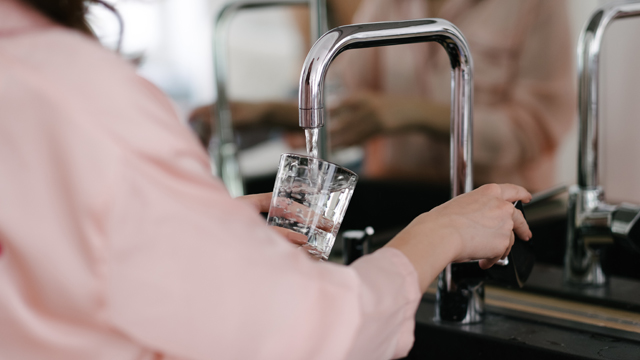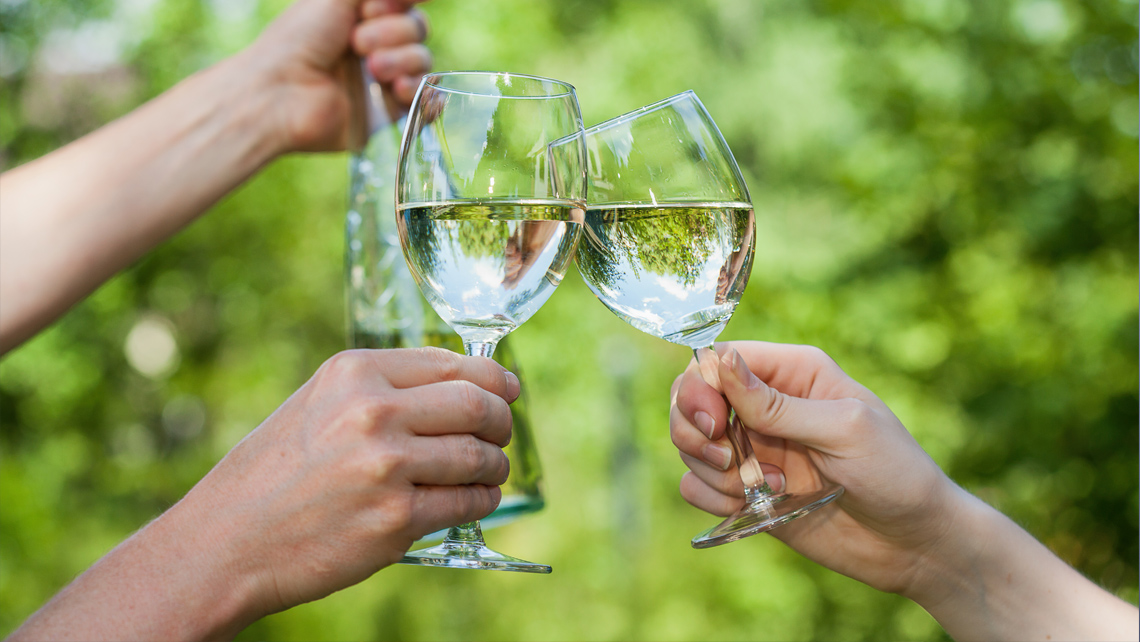Quenching your thirst, taking a shower, preparing food, doing the laundry – for those of us who have access to it , clean tap water is such a normal part of our everyday lives that we’re often guilty of taking it for granted.
According to the World Health Organization, in 2015 71% of the global population, or 5.2 billion people, had access to a safely managed drinking-water service – one that is accessible on premises, available when needed, and free from contamination. The remaining 29% (2.1 billion people ) had no access to a safely managed service at home, and of these, 1.3 billion people only had access to basic services, meaning an improved water source located within a round trip of 30 minutes. Far more than a nice-to-have, access to safe and affordable water is recognized a human right by the United Nations.
Going back to the source
The raw water used to produce the drinkable water that ends up in your tap can come from a variety of sources depending on where you are in the world. It might start life as natural groundwater or surface water, which is then treated to remove any impurities including organic material, sand or clay particles, and bacteria. In areas where groundwater or surface water resources aren’t sufficient to meet demand, seawater and brackish water can be desalinated to produce drinking water using reverse osmosis technology.
Safety first
In many regions, tap water is one of the most strictly controlled resources that we consume. In the European Union the requirements for water intended for human consumption are set out in the Drinking Water Directive, while in the United States they are set out in the Safe Drinking Water Act. Some countries, such as Norway, have adopted even tougher standards. The upshot is that people living in these regions can happily turn on their taps and rest assured that what comes out is safe, clean and refreshing.
In many regions, tap water is one of the most strictly controlled resources that we consume.

Easy on your wallet
While the cost of clean tap water to the consumer is cheap – in 2016 Thames Water in the UK charged approximately €1.46 per cubic meter (1,000 liters) of water and €0.93 per cubic meter of wastewater – there is a highly complex and expensively maintained infrastructure between you and the source. Piping networks, pumping stations, treatment plants – all of this takes expertise and money to run and maintain, and chemistry plays a very important role in the process. Kemira’s expertise and chemical products are used to treat the equivalent of 320 million people’s annual water usage – ensuring that its taste, color, and cleanliness meet the required standards and your expectations.
Kemira’s expertise and chemical products are used to purify the equivalent of 320 million people’s annual water usage.


